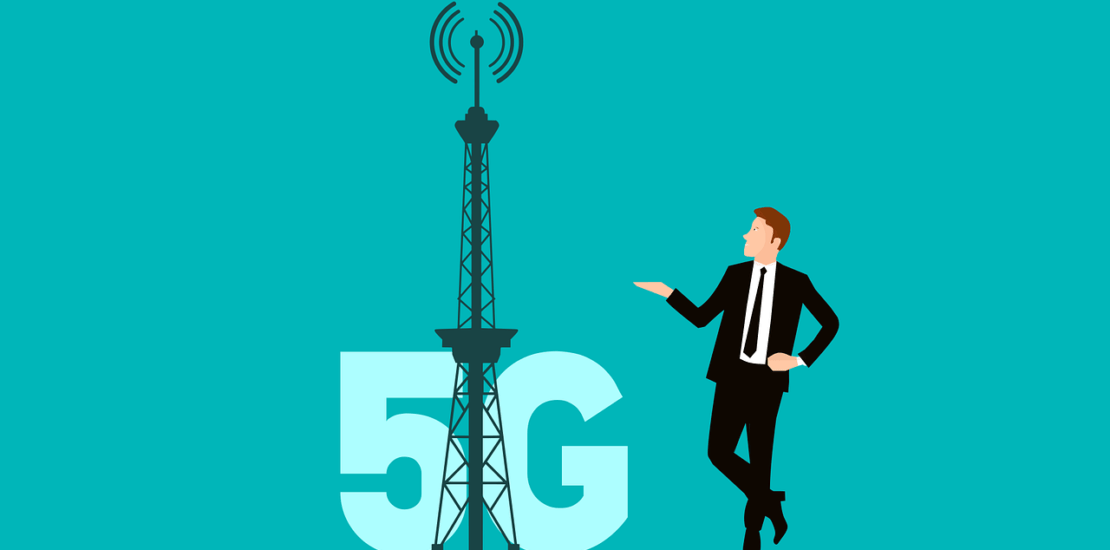- January 18, 2021
- Posted by: guyadmin
- Category: IoT & Smart Cities

On November, the cellular companies in Israel were granted licenses for 5G frequencies. The companies were eager to come out with big advertisements and starting last month, when Apple launched new models, upgraded 5G packages were also released for consumers.
Other countries past experience teaches some important things, that each of us should consider:
- Speed and download in 5G are not much better than the 4th generation (LTE). Moreover, the frequencies behind the big promises (28GB+) haven’t been marketed yet and are not expected to be, any time soon.
- the Coverage (signal) also will be limited for at least the next two years. The deployment of the new network will focus mainly on city centers in outdoor coverage. This mainly related to frequencies, companies’ ability to invest and the bureaucracy involved in setting up more antennas.
- If we have a 5G device, most of the time it will be connected to the 4th generation, But the replacement price will be reflected in our battery waste.
“What’s in it for me?” it’s a question that will occupy the customers of the 5th generation. At first they will be enthusiasm by the purchase of the new devices, but when they realize that they are paying more for nothing – there will be simply avoidance and cancellation of the 5th generation packages.
This is happening in South Korea, which is the world leader of 5th generation, and as of August 2020 more than half a million Korean users, have decided to return from their 5G subscription to 4th generation.
In conclusion: it’s not on yet.
